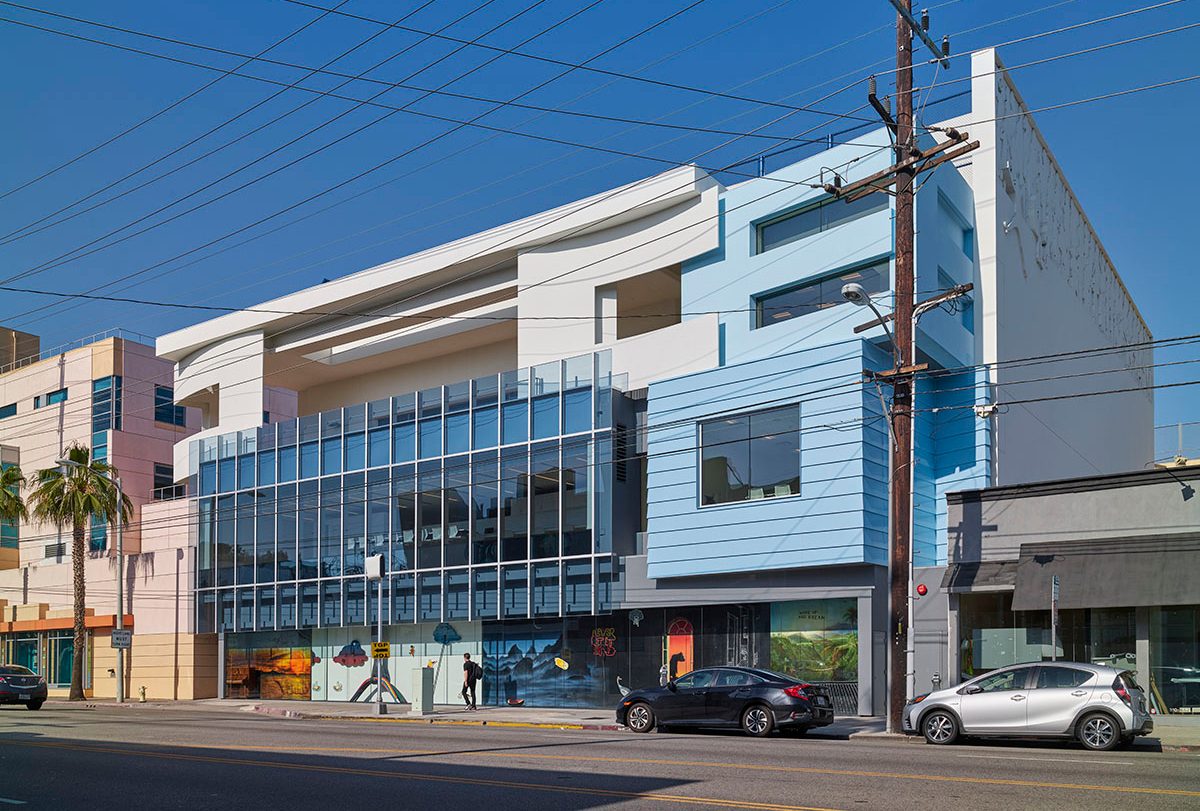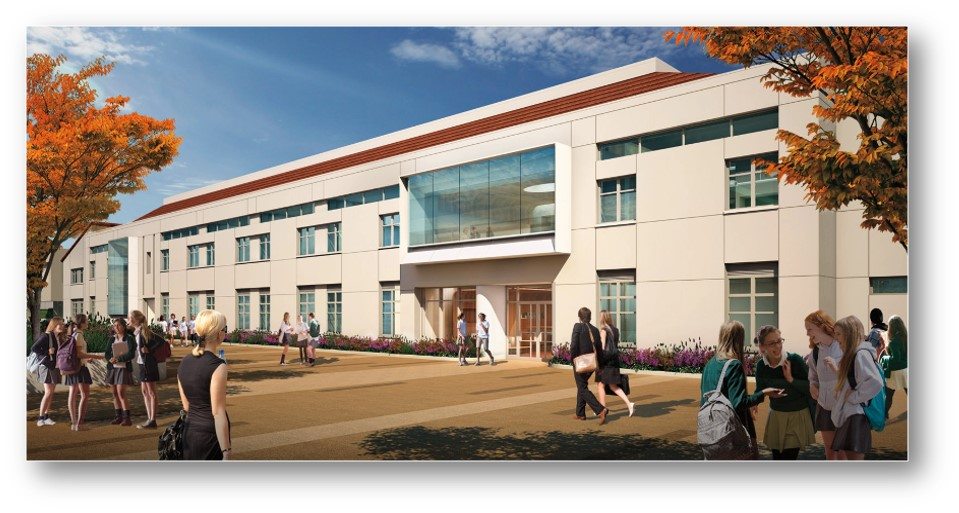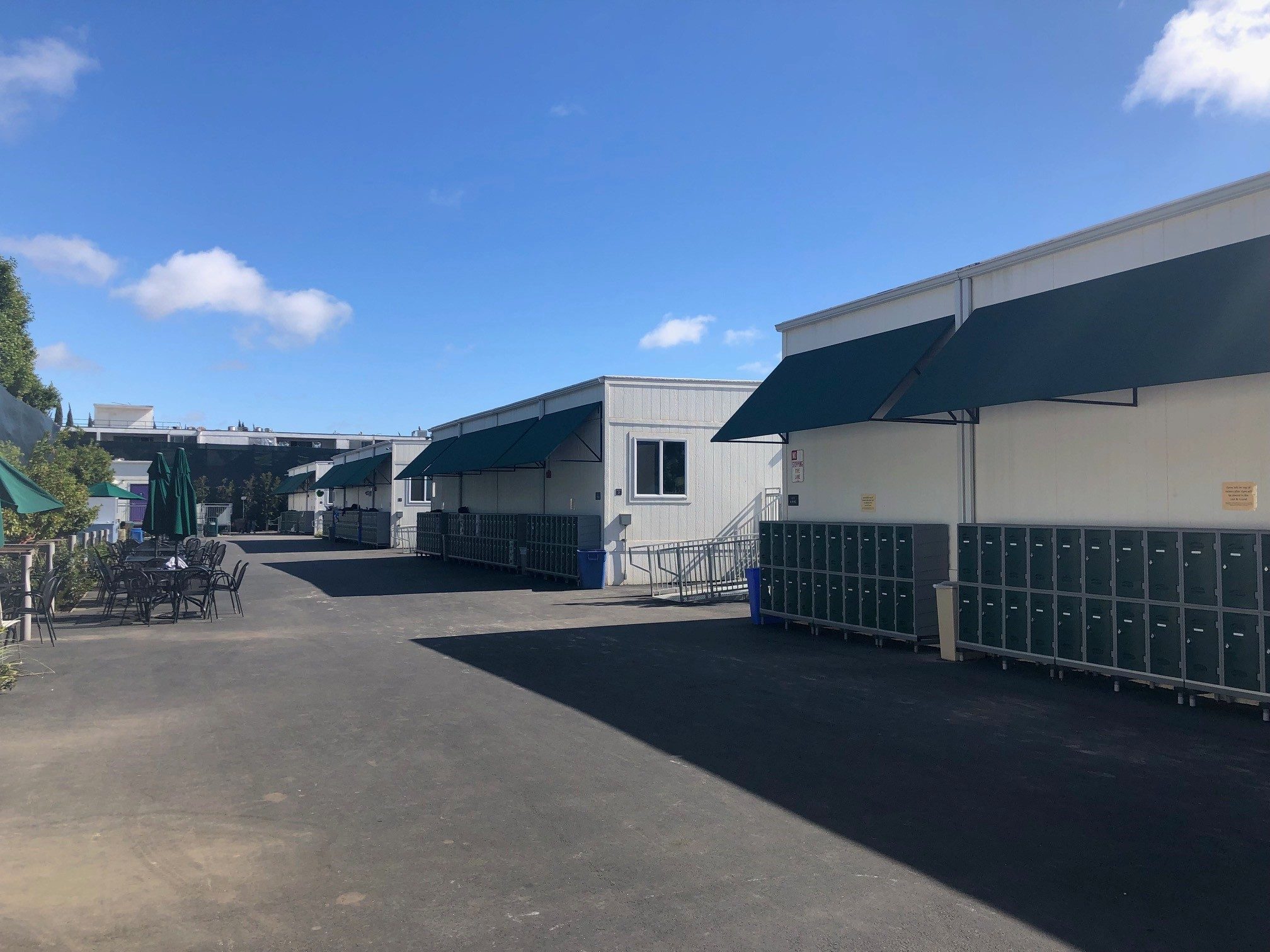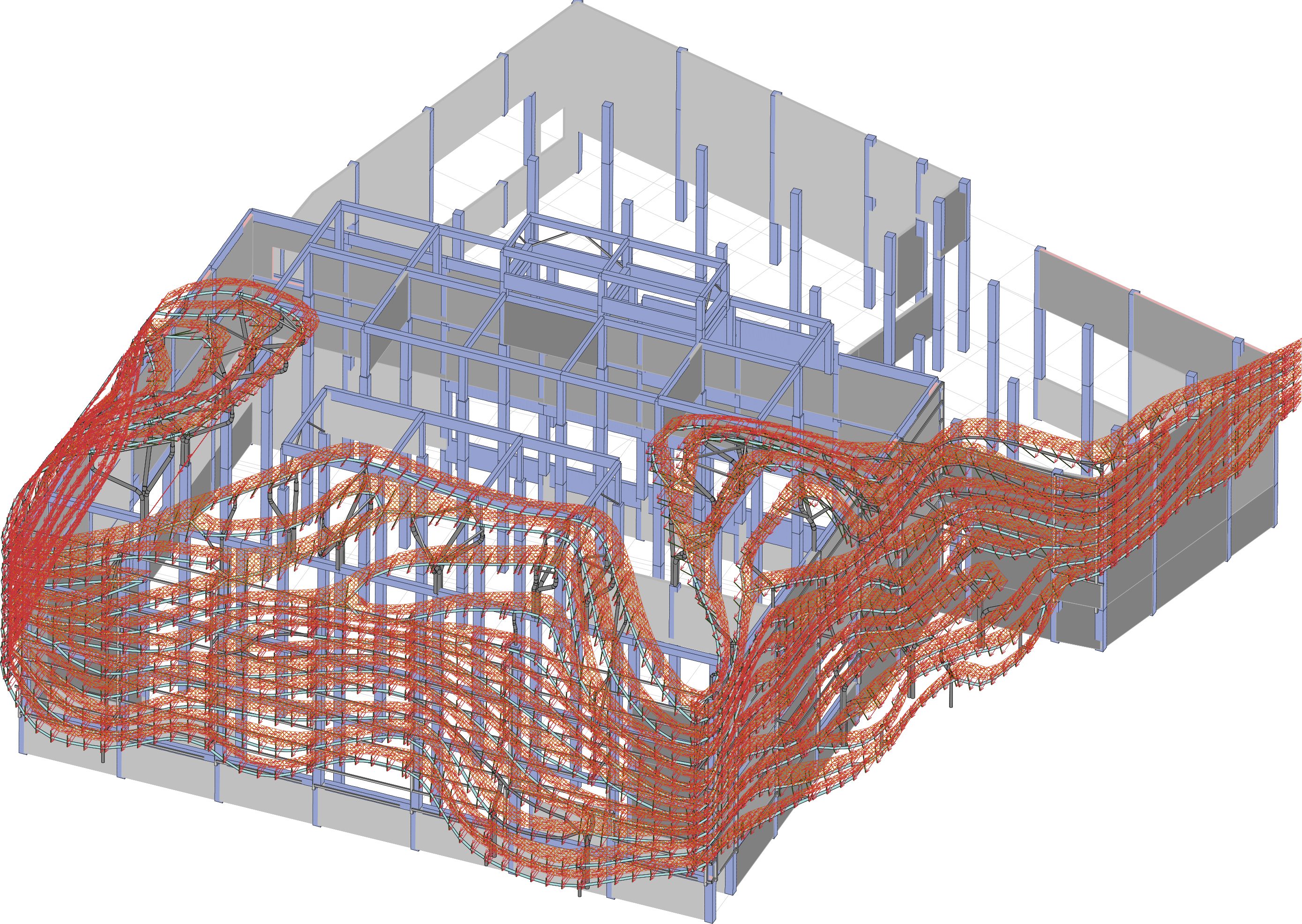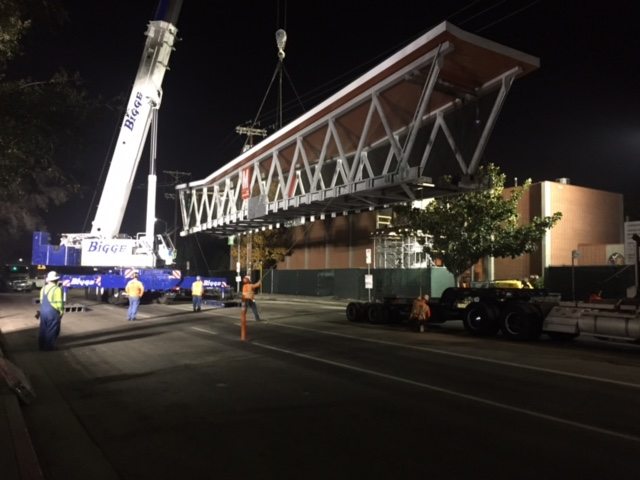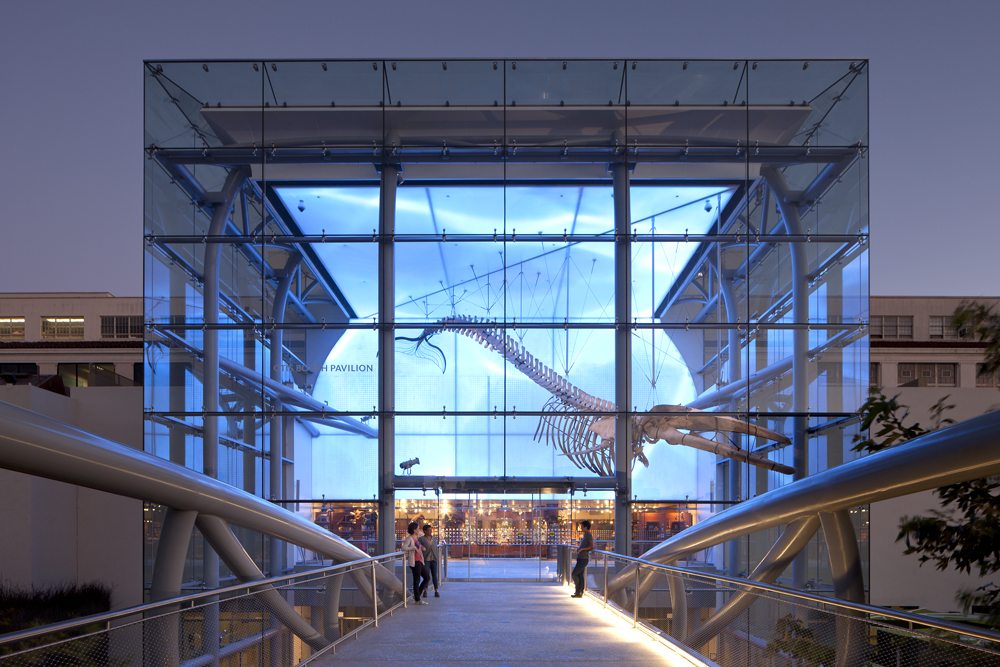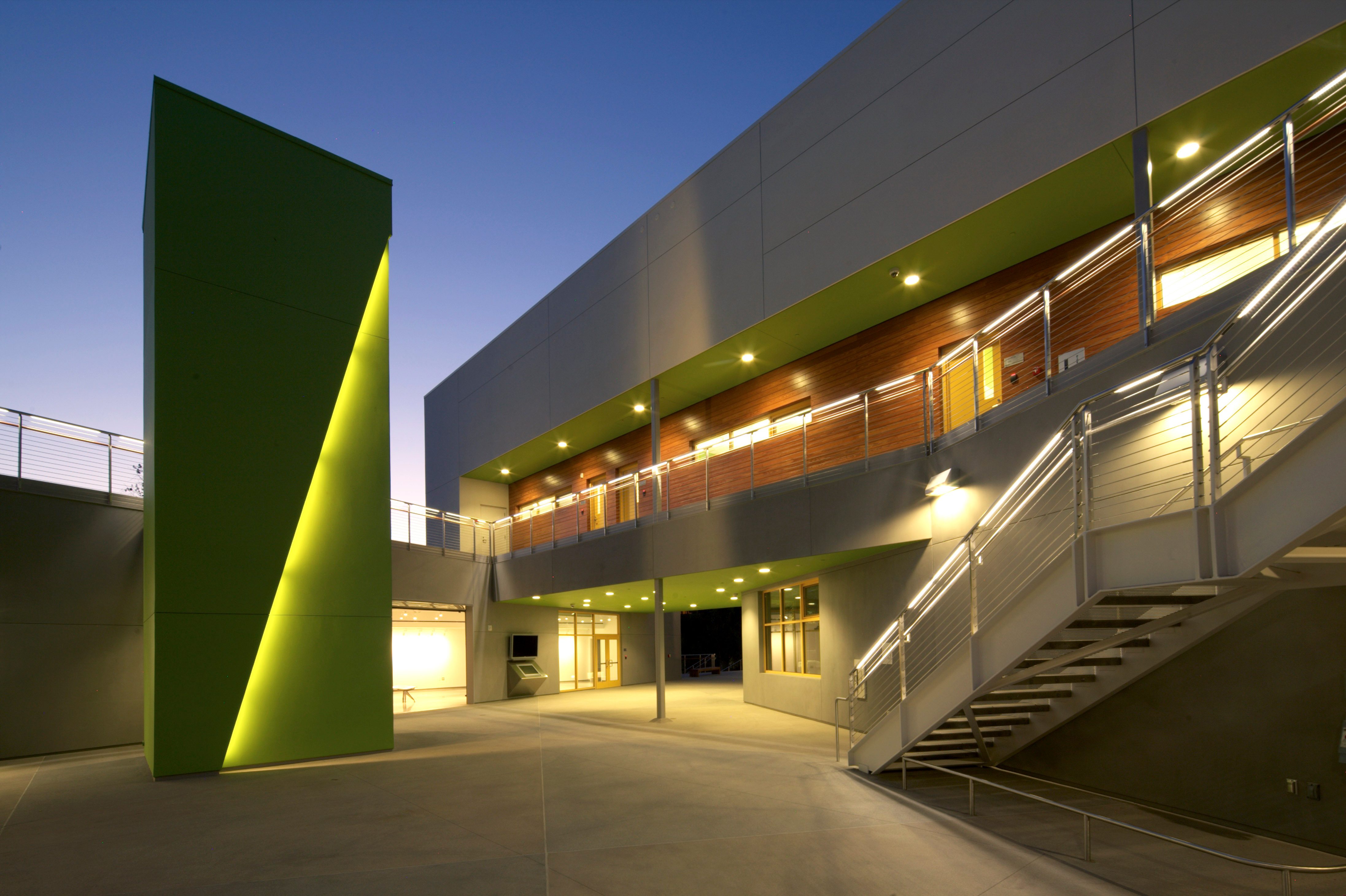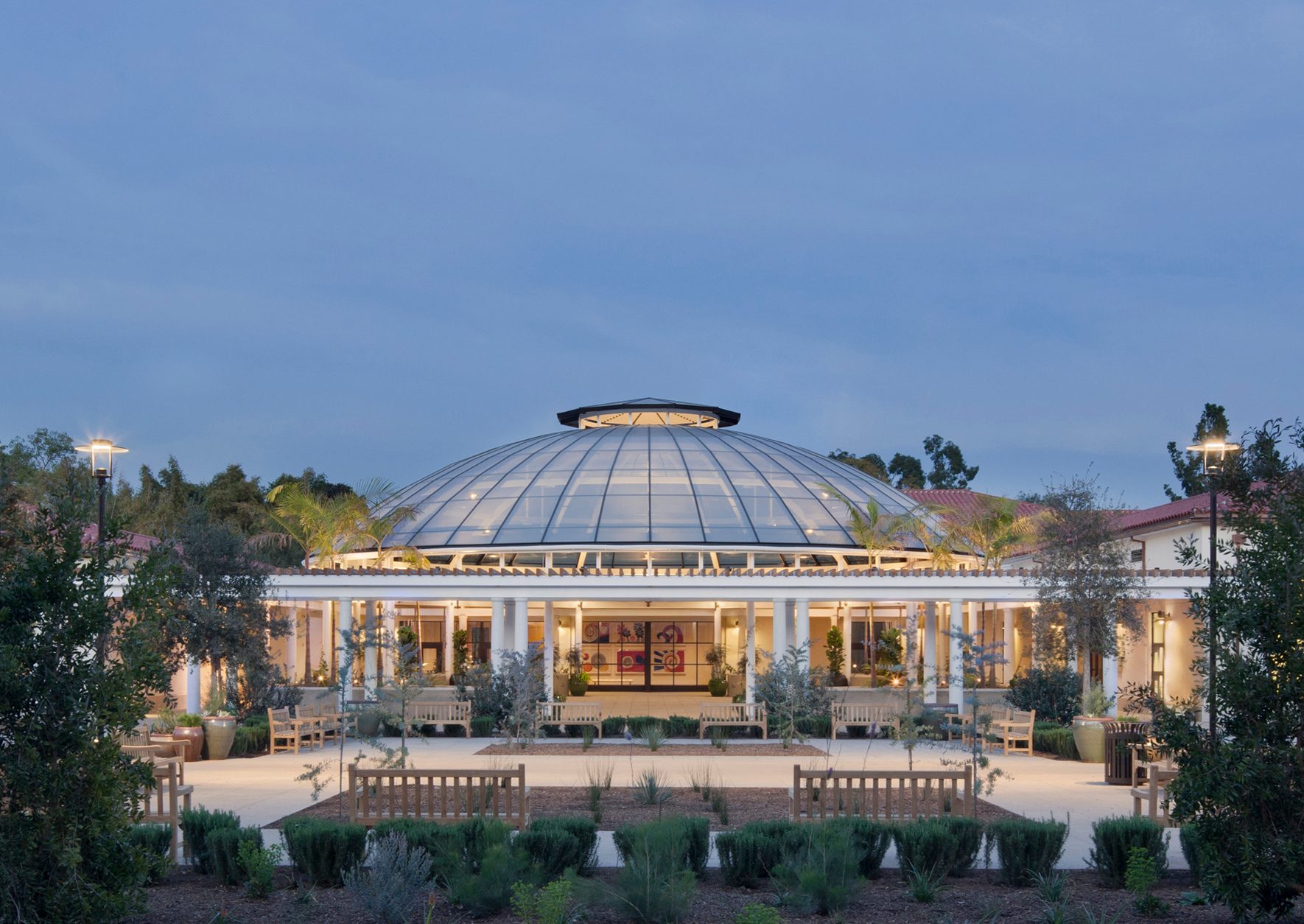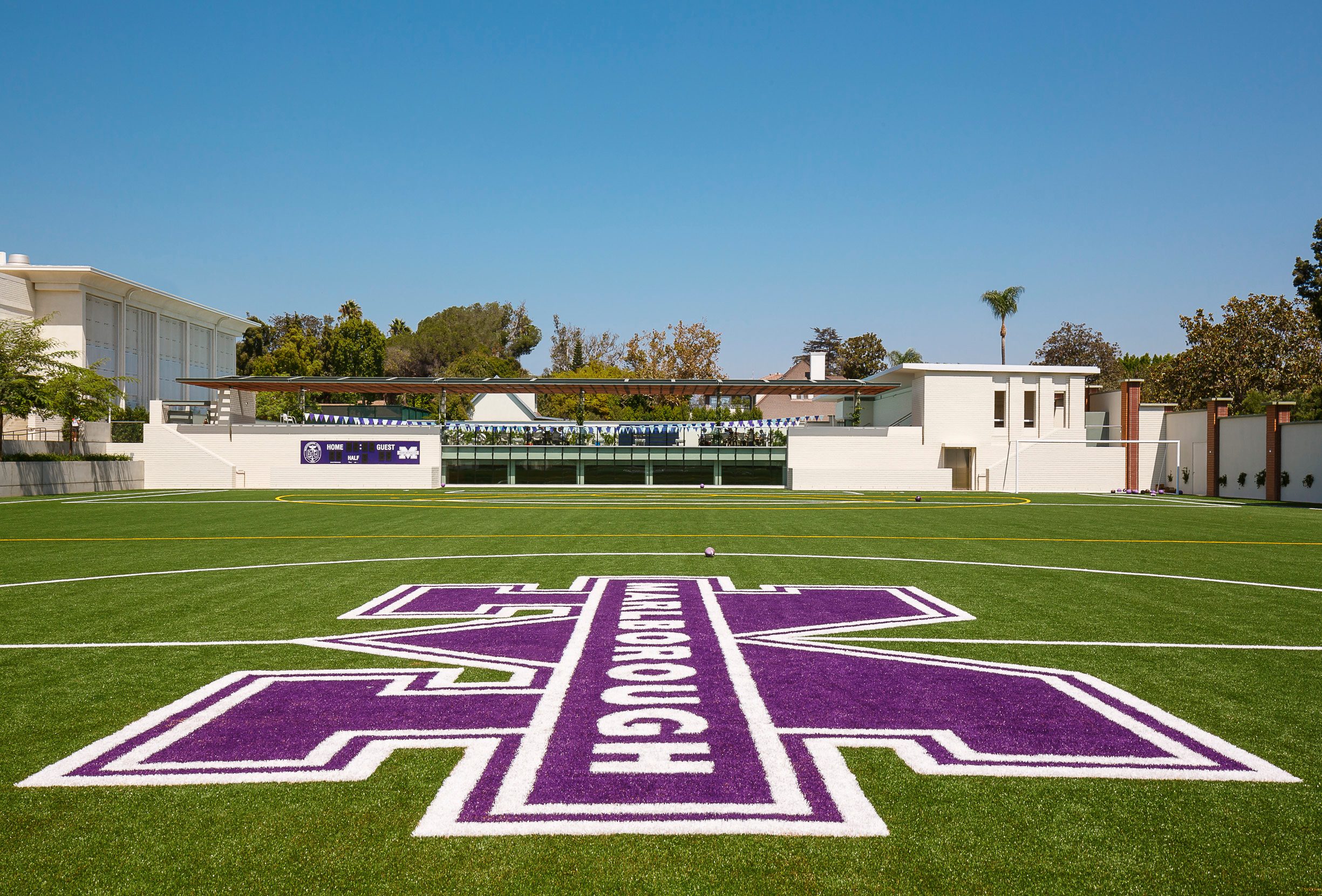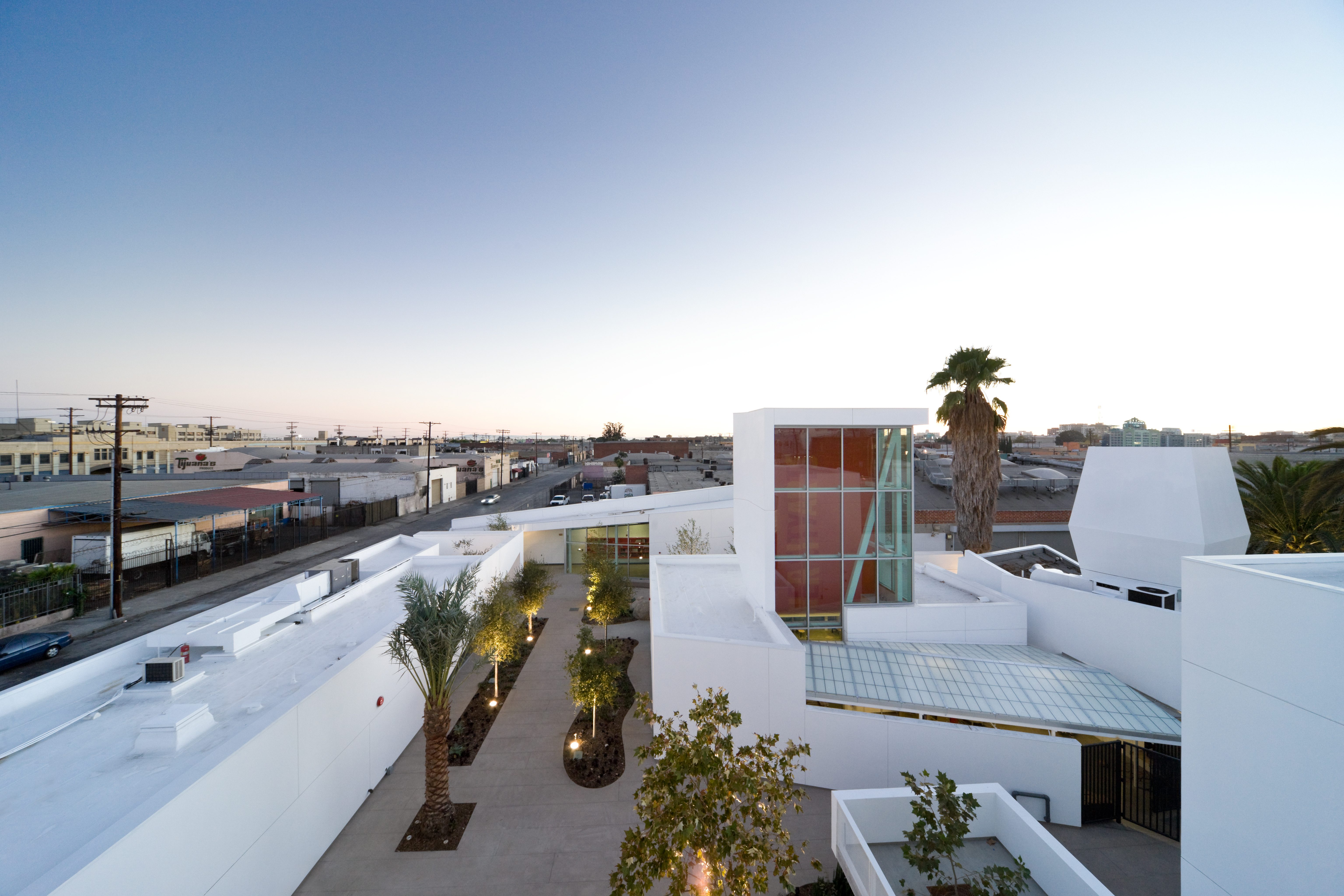
Private School Construction – Building community support
Part two of our private school construction series explores how to build community support around your capital project and deliver a facility that will inspire students, parents and faculty for years to come
OUR PRIVATE SCHOOL CONSTRUCTION SERIES
Our private school construction series explores different facets of the private school construction process. It provides education executives and their teams high-level insights and tools to navigate their capital projects.
Part two of our private school construction series features content from our eBook: Private School Construction – 8 Best Practices for K-12 Education Executives Facing a Capital Project. Today, we’re exploring one key success factor: getting the neighbors on board and building community support.
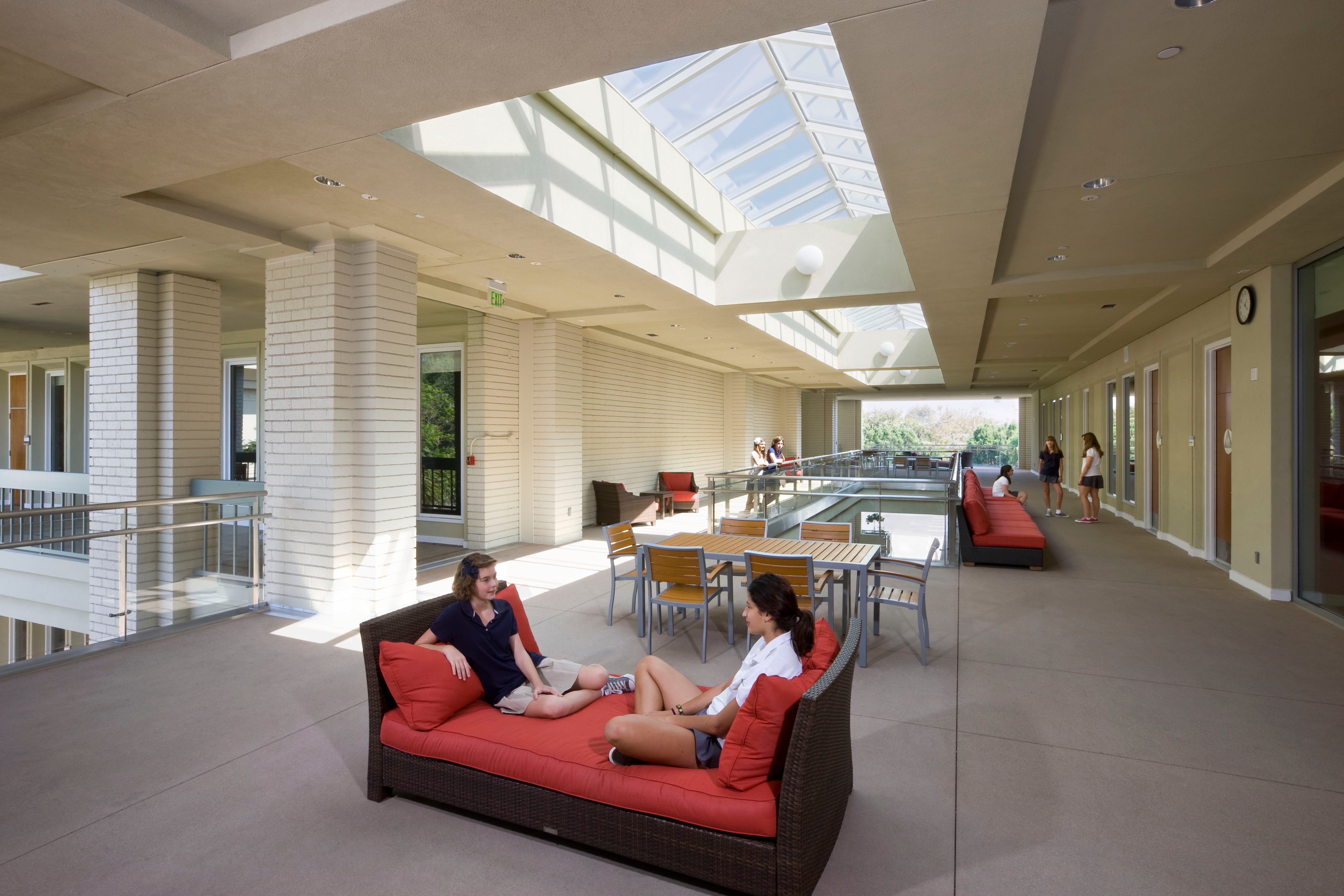
Establish ongoing positive relations before you ever think about a capital project
“Schools should ideally establish ongoing relations with neighbors so when it’s time to talk construction, the relationship is in place,” says one owner’s rep from an independent day school, grades 6-12.
One way his school built a relationship with the neighbors over a period of years was by showing appreciation through holiday gifts. When it came time for construction, the school was able to get a variance for the volleyball/basketball gym though their town was incredibly strict about building height.
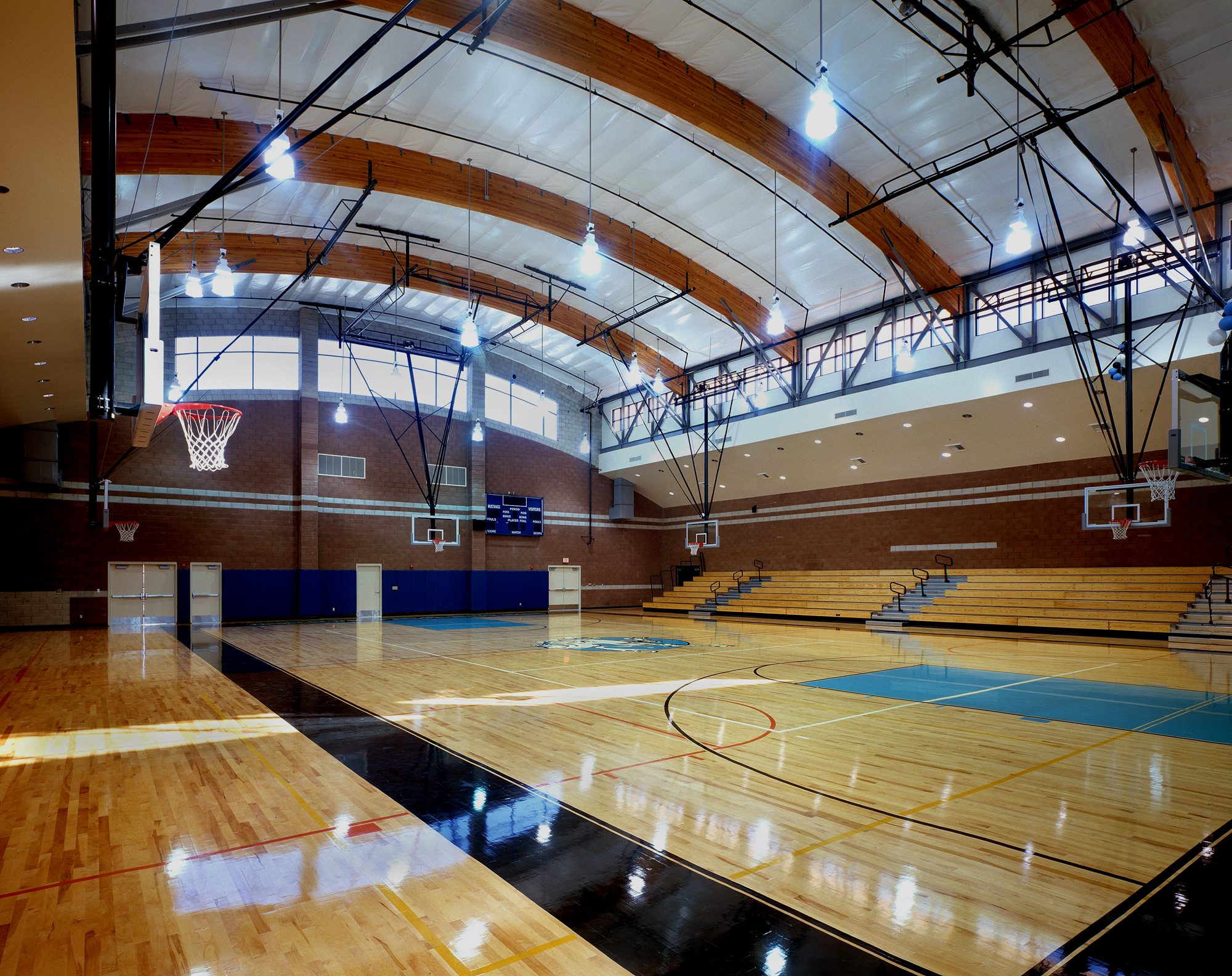
Building community support through choosing Consultants that Understand + Can Manage the Impacts
In a public process with environmental impact reports, hearings and approvals, most of the questions tend to come down to the construction process and mitigation. –Owner’s Representative, Independent Day School, Grades 6-12
In the interview process, you may be asking potential builders, “Can you build this type of structure?” But also ask, “How will you manage the impact on everyone around us? The adjacent properties and the neighbors across the street? What’s your track record working with the neighbors, the city council, the greater community?”
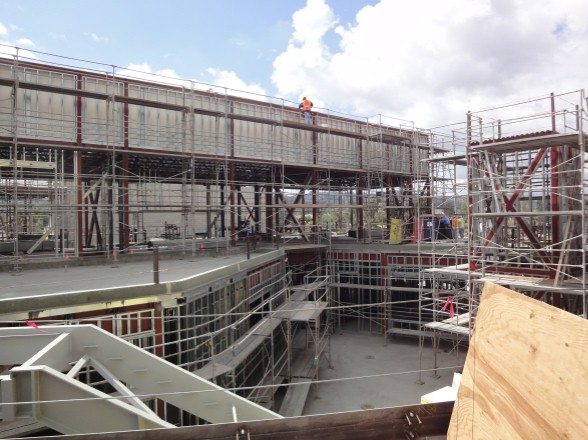
If your school is located on a busy thoroughfare that thousands of people drive every morning, and your construction traffic is making CEOs and executives late to work on their commute, it’s highly likely those types of residents will call the city council. In your case, keeping the neighbors happy would mean keeping the traffic happy, thus keeping you out of the newspaper and politics off your job site.
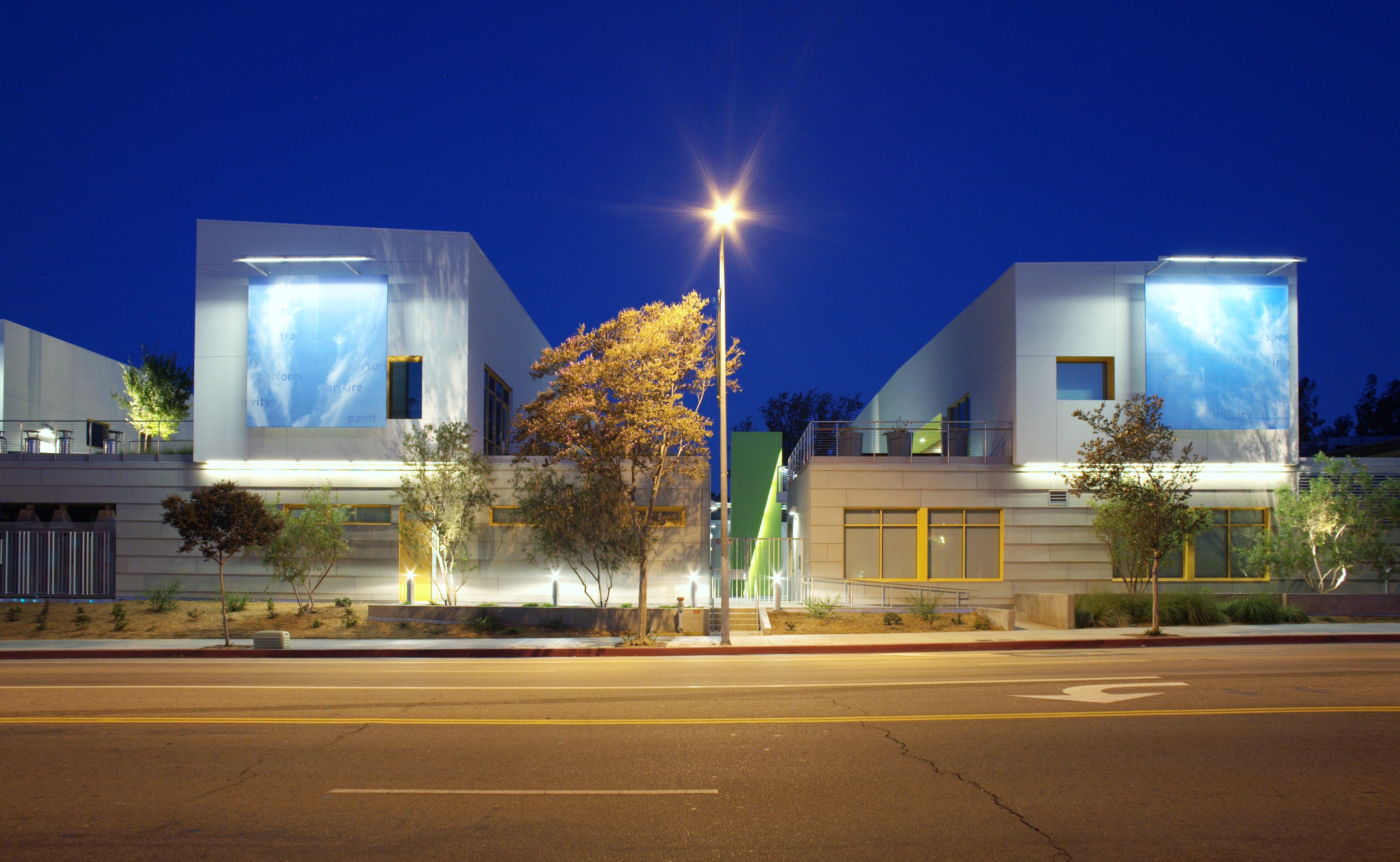
Work Your Community Relations
Once you’re in the thick of it, work your community relations.
Things that work:
- Establish neighborhood committees for all constituencies. Invite them to campus once a month for lunch with the facilities manager and other representatives of the project
- Give job site tours. Donors are always welcome, schedule times for parents and neighbors. Choose a project manager to lead the tours who can pique interest and fascinate the audience with how it’s done
- Establish a website and post construction updates weekly. Also post six-month and one-year time lines. Your neighbors may want to plan a vacation during a time of greatest disturbance
- Go the extra mile. For example, if demo or grading creates dust and dirt, have your neighbors’ windows washed
- Communicate in nitty-gritty detail. Exactly how many trucks will be lined up to take away dirt?
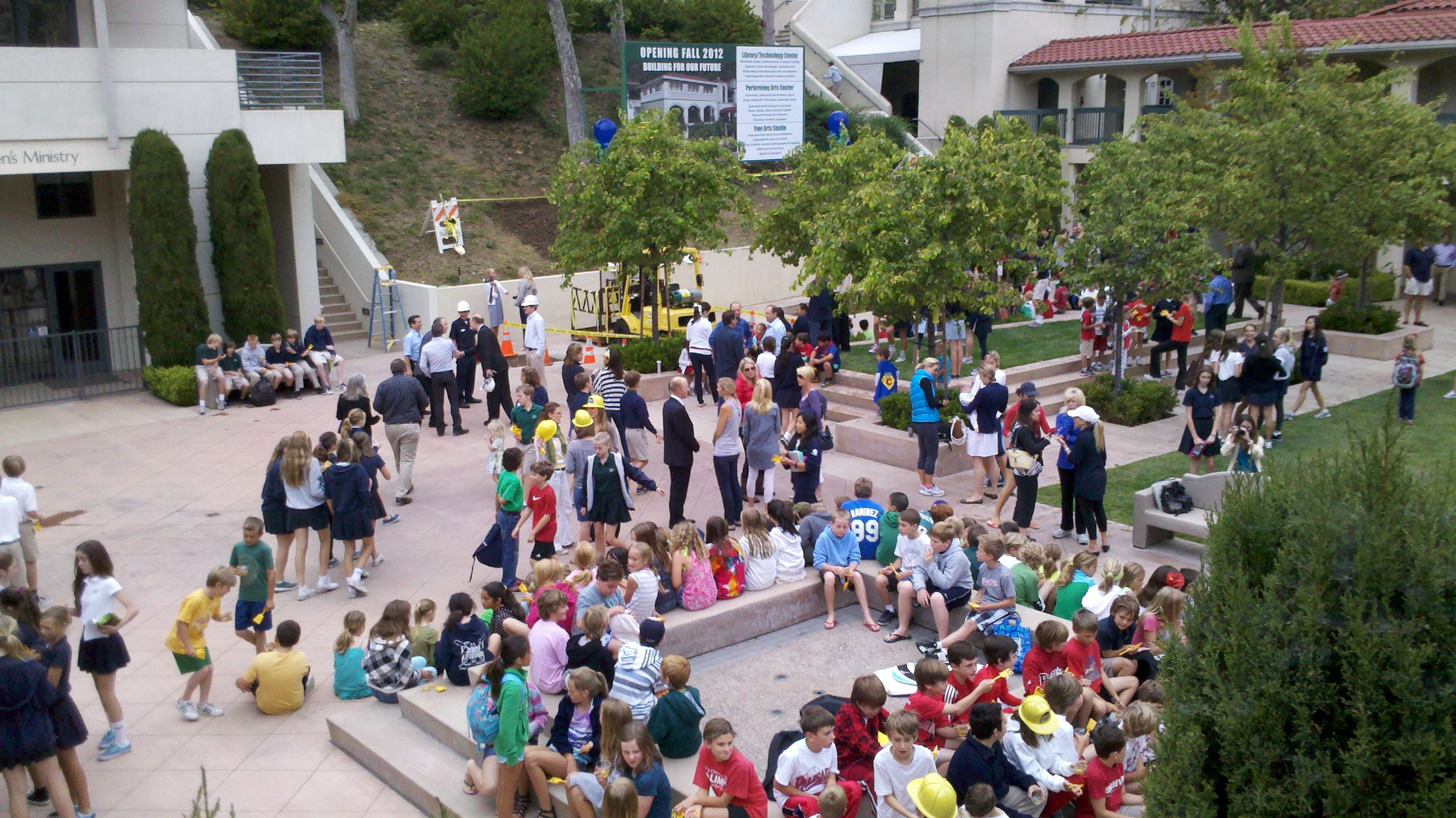
Use Your Project As an Opportunity to Strengthen Community
Your consulting team can help you with building community support. “We gave interviews with the school paper,” says one MATT Construction project director. “My superintendent made personal friends with all the neighbors,” says another project executive.
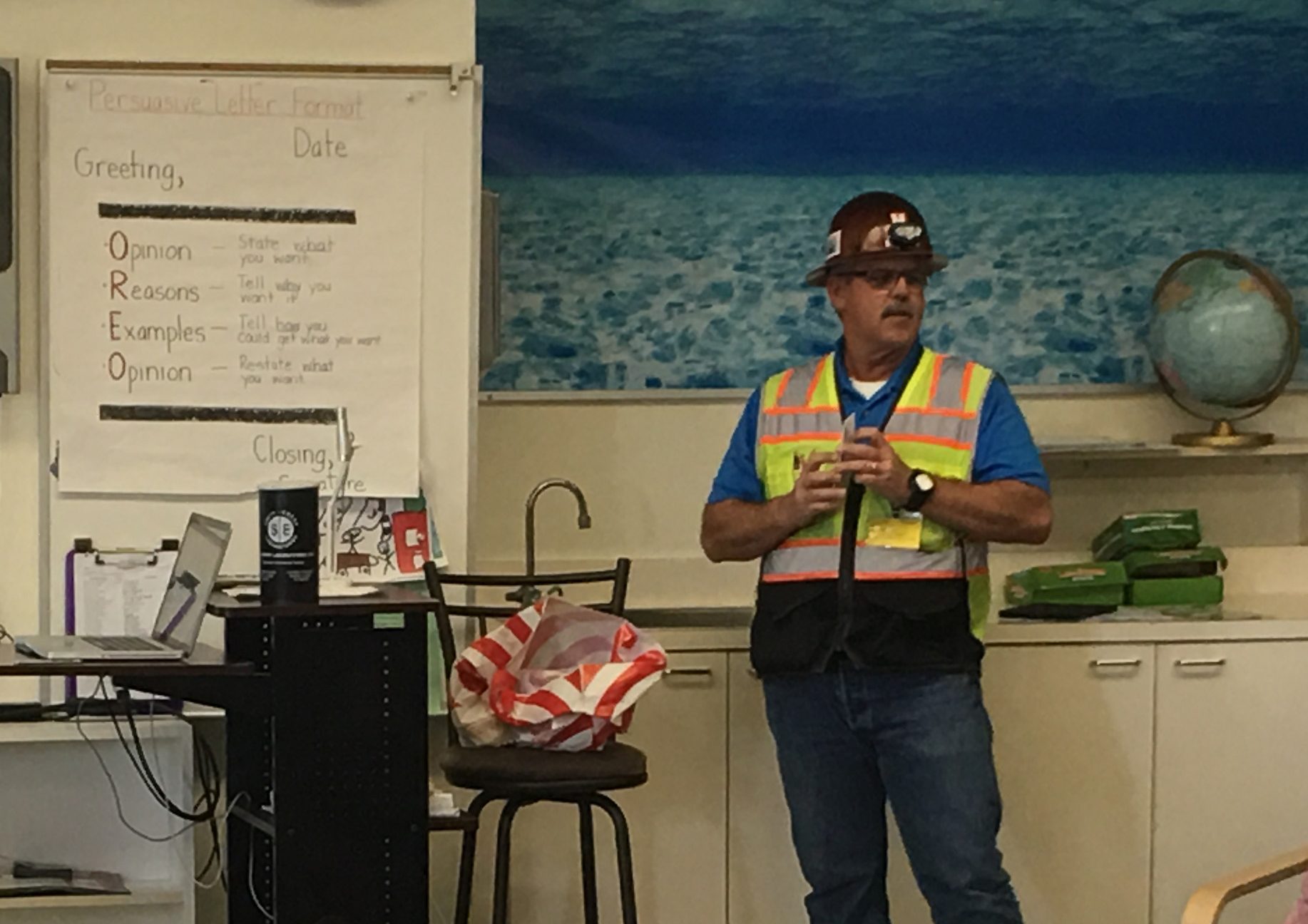
For more on securing community support for a capital project and other best practices for setting your private school construction project up for success, download our free eBook Private School Construction – 8 Best Practices for K-12 Education Executives Facing a Capital Project.



